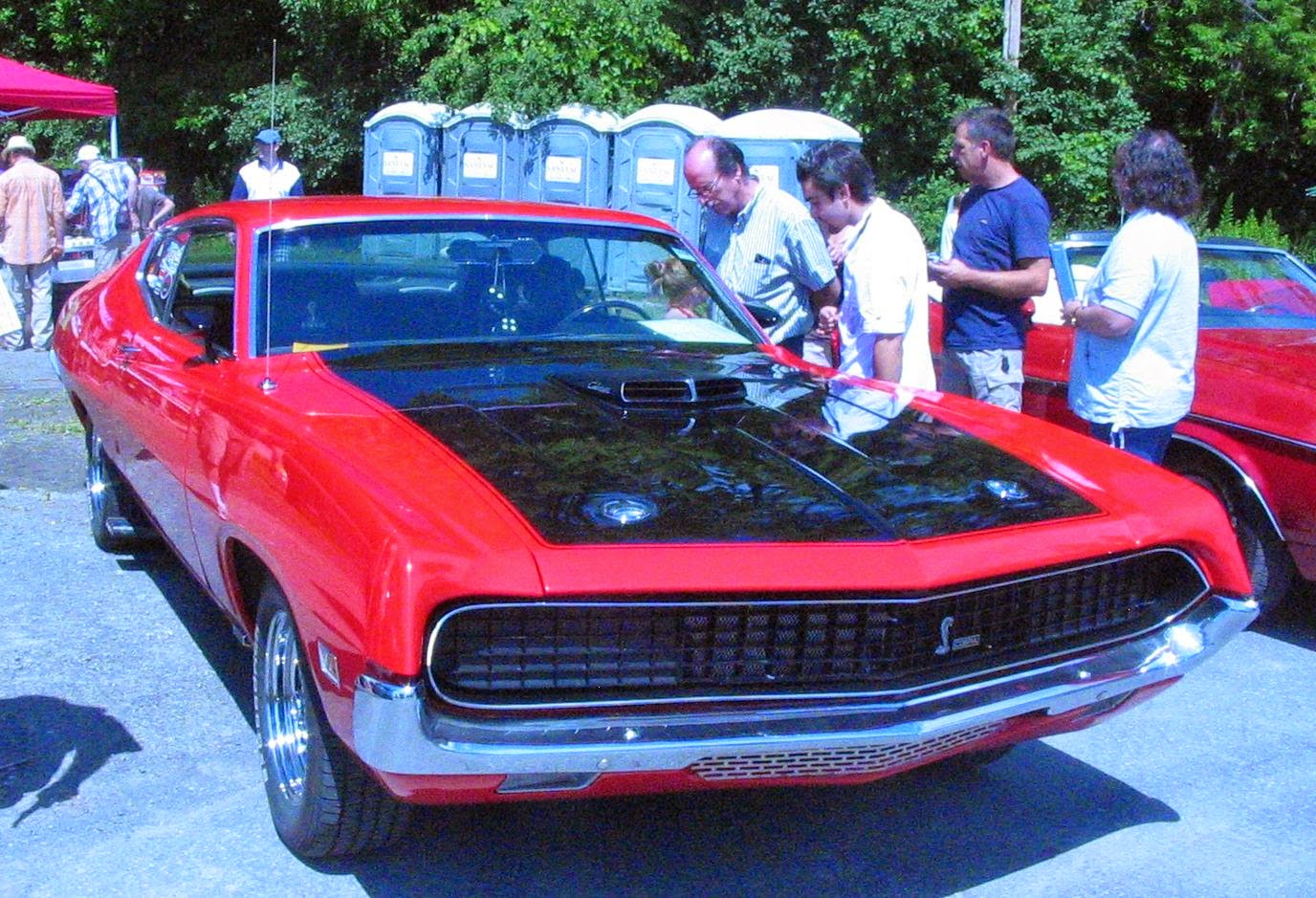Ford Motor Company has sold well over 10 million Mustangs in the past 46 years and created 100 million more memories of youthful indulgence, magical first dates and unforgettable Friday night cruises. Now, as the fifth-generation 2011 Mustang rolls off the assembly line and into Ford dealership showrooms across the country, many who have experienced and reveled in the Mustang mystique think back to how it all started.
The first Ford Mustang rolled off the assembly line in Dearborn, Michigan, on March 9th 1964. A month later, on April 17th 1964, Mustang made its worldwide debut. But, the journey from drawing board, to assembly line and to driveways all across the American landscape actually began many years before, in the fertile imagination of a young man named Lee Iacocca.
Iacocca joined the Ford organization in 1946. Although trained as an engineer, he soon realized his personal passion and future was in sales. Iacocca spent years as a field manager helping dealers promote and sell some of Ford's most undesirable products.
In 1956, his "56 for $56" campaign, advertising that buyers could purchase a new 1956 Ford for only $56 per month, caught the attention of senior management. Robert McNamara, then vice president of Ford Division, summoned him to Detroit. Once there, Iacocca's sales savvy soon helped him lap everyone else on the executive fast track. In 1960, Ford chairman Henry Ford II promoted him to Vice President and General Manager of the Ford Division.
Iacocca had long thought that putting a back seat in a sports car would be a great idea. He reasoned that a well-styled, fun-to-drive compact car would appeal to America's growing number of Baby Boomers.
After a number of presentations to Ford board members, the first prototype 1962 Mustang I was produced. It was a mid-engine two-seat roadster, named after the legendary World War II P-51 Mustang fighter plane. On October 7th 1962, race driver Dan Gurney drove the Mustang I prototype over the U. S. Grand Prix course at Watkins Glen, New York.
Iacocca, however, wanted a more practical vehicle, one that would be cheap to produce and generate volume sales. Based on his time in the field as a Ford district manager, he knew its ultimate success would depend on three things: great styling, strong performance and a low price.
After countless re-designs, the 1964 ½ Mustang emerged. The chassis, suspension and drive train components were taken from the Ford Falcon, but the finished vehicle featured a long sweeping hood, full-wheel cutouts, a functional rear seat and high-mounted grill with a free-spirited Mustang as its centerpiece. Multiple extra-cost options gave the buyer an opportunity to customize their Mustang and also generate generous extra profits for Ford.
Automotive legend has it that other names considered for the first Mustang included the Cougar, Thunderbird II, T-Bird II, Torino, Turino and T-5. Ford executives agreed that the name Mustang was a perfect fit for the low slung, dramatically styled vehicle, but they objected to an image of a World War II fighter plane as the logo.
After months of debate, it was decided that the image of the galloping horse best represented the free spirit of the car and its intended buyers. To further drive home the message, the galloping horse on the Mustang logo is shown running the opposite way that trained racehorses run around a track.
Although purists argue that the Plymouth Barracuda beat the Ford Mustang to market by a full two weeks, American car buyers had never seen or experienced anything like the marketing and advertising blitz Ford created to launch the 1964 ½ Mustang.
The official press release announced, "Styling and features of expensive European road cars are combined with American mass-production price, compact economy and traditional Ford quality in the Mustang - a new line of cars from Ford Division of Ford Motor Company."
Ford actually previewed the showroom model Mustang to a continuous flow of automotive reporters and buff book writers beginning in January 1964. Product information and photos provided by Ford were put under an embargo, meaning reporters agreed not to reveal full details until the official public introduction.
But, the embargo didn't prevent them from filling pages and pages of their publications with speculation about how the new Mustang would be equipped or what it might look like. It was all part of the auto maker's plan to build buyer anticipation and excitement to a feverish pitch during the three months prior the Mustang's launch.






















